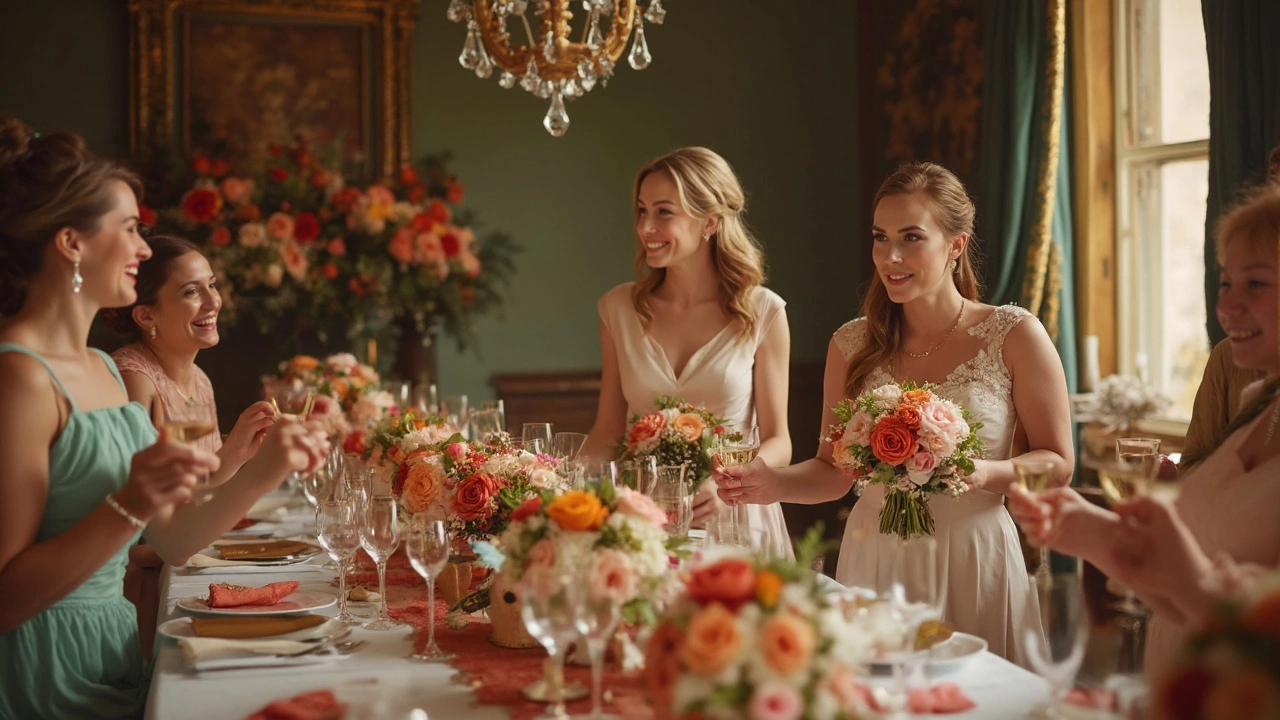Cultural Wedding Colors: Meaning, History, and Easy Ideas
Ever wonder why some weddings burst with reds, golds, or deep blues while others stay soft and pastel? The answer often lies in cultural color meanings. Each shade can signal luck, love, or family ties, and using them wisely makes your day feel personal and authentic.
Why Color Matters in Different Cultures
In many Indian ceremonies, red represents prosperity and marital bliss, so you’ll see the bride draped in a red sari or lehenga. Chinese weddings favor red and gold because they attract good fortune and wealth. Meanwhile, Western couples often choose white for purity, but adding a pop of lavender or sage can nod to a family’s Irish roots.
Mixing Heritage Hues with Modern Trends
Don’t feel trapped by tradition—blend old and new to suit your style. Pair a classic Indian red bridal lehenga with a sleek, minimalist venue décor. Use gold table runners for a touch of opulence, then sprinkle in soft greenery for a fresh feel. If you love the boldness of African kente patterns, incorporate them as napkin rings or bridesmaid dresses while keeping the overall palette balanced.
Start with one dominant cultural color and build complementary tones around it. For example, choose a deep indigo as your base, then add ivory and dusty rose to soften the look. This way, the cultural shade remains the star without overwhelming the space.
When you pick colors, think about symbolism too. In Japanese weddings, white kanzashi hair ornaments symbolize purity, while the subtle pink of cherry blossoms hints at fleeting beauty. A subtle pink blush in your floral arrangements can honor that meaning without going overboard.
Practical tip: order fabric swatches or paint chips before finalizing anything. Seeing the hues side‑by‑side in natural light helps you decide if they clash or complement. Bring photos of the cultural elements you love and match them with your venue’s lighting.
Don’t forget the little details. Colored ribbons on cake tiers, dyed napkins, or embroidered table numbers can echo your chosen cultural palette. Even the wedding favors—like mini spice jars for an Indian theme—can carry the same shades, creating a cohesive experience.
Finally, talk to your vendors early. Photographers need to know which colors are crucial so they capture them correctly, and florists can suggest blooms that match your cultural shade without breaking the budget. With clear communication, you’ll get a wedding that respects tradition and feels unmistakably yours.
Ready to start? Grab a color wheel, pick the cultural hue that speaks to you, and build a palette that tells your story. Whether you go all‑out with vibrant reds or sprinkle in subtle hints, cultural wedding colors can turn a beautiful day into a meaningful celebration.

- May, 14 2025
- Comments 0